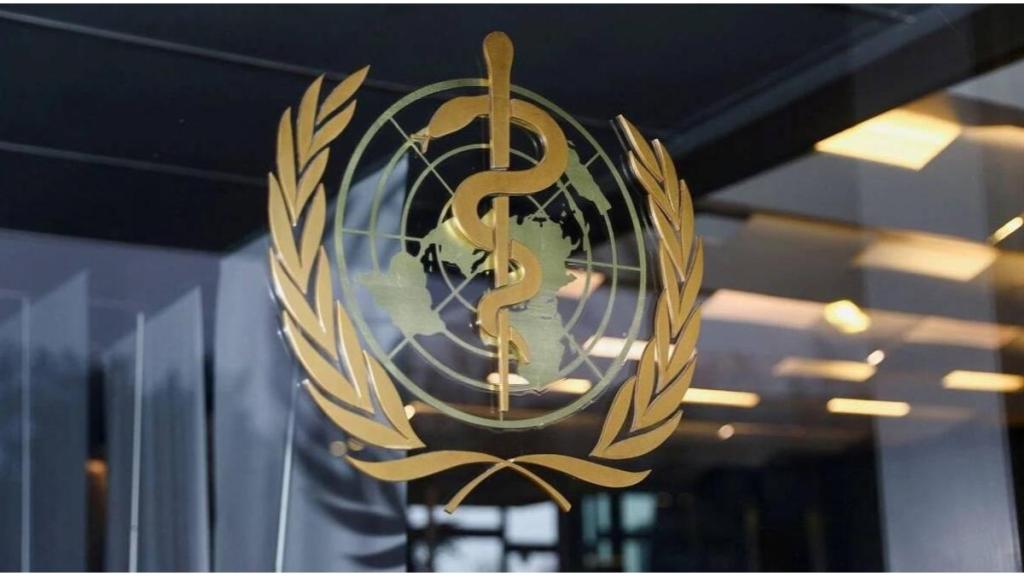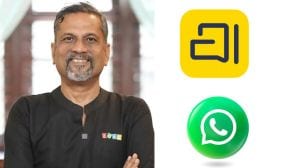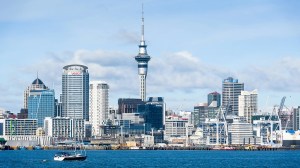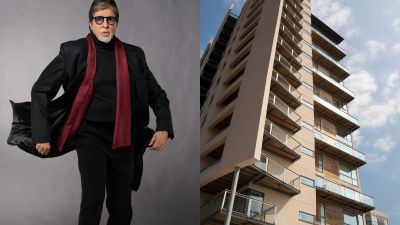At the G20 meeting of health experts in Hyderabad on Saturday, June 3rd, Sir Jeremy J Farrar, chief scientist at the World Health Organization (WHO), who succeeds Dr Soumya Swaminathan, spoke at length on the various mechanisms to catalyse research effort for emerging pathogens.
While the focus of the G20 meet was global vaccine research collaborative, the new chief scientist reminded delegates from various G20 representatives and vaccine makers that while vaccines were in focus at the meet, we also need to think of therapeutics and diagnostics. He said, “I think scientifically we must also consider that it may well be that the next pandemic is or is not amenable to vaccines. What do we do if vaccines do not work and that requires diagnostics and therapeutics.”
Referring to coronavirus and its various presentations, he said, Covid-19 was not the first coronavirus event we had. “The SARS outbreak in 2003/04, particularly in China, South East Asia and Canada. Then, the MERS outbreak in the Middle East caused by a similar virus.” So, in a sense, “it was not complete out of the blue although it was new in the form it came.” The range of different pathogens that can cause regional or global pandemics were not unlimited, he said, and explained that there were “series of families that we should be very concerned about and to which the world remains vulnerable to and I think, it is our responsibility to ensure that we reduce that vulnerability.”
Quoting the WHO R&D blueprint that had coined the phrase many years ago about ‘disease X,’, a placeholder name for ailments that we do not know about, like HIV was at one point in time, he said the fact that we could create a covid-19 vaccine and distributed within 12 months, had more to do with the work done over the decades to build these capabilities. Referring to the vaccine-making capacity in Hyderabad, he said, “it is staggering that Hyderabad has a capacity to make 9 billion doses of vaccines and this is being raised to 14 billion in the very near future. This is a simply staggering statistic.” But then, he reiterated the point that this was more than just manufacturing and was really about an enabling ecosystem. “Hyderabad did this on the past and will be able to do so in the future too because it was years of planning, of bringing together, with government support, investments in people, engineers, biologists, people working on quality control, quality systems, regulatory environment built in Hyderabad over decades which allowed vaccines to be manufactured within the space of a year.” That is a message, he said, “to all of us that you cannot turn things on in a crisis and expect them to work for you. You cannot create it all at short notice and you cannot build trust in a crisis. So, as we think about equitable and distributed manufacturing let us not just invest in plants themselves but that we also invest in the ecosystem that allows those plants to thrive.”
The WHO, he said, would continue to be part of and encourage the negotiations and discussions (both formal and informal) but that it was important to also ensure that these did not exist in parallel to the other structures that are going on, including inter-governmental negotiations, because it is crucial that we all work in unison, he said.









